Education is the backbone of civil society and offers a solution to break free from generations of social problems. It is a sign of progress and national empowerment to invest a significant share of its resources on education. This can help us achieve individual, societal and economic growth. An educated society is more resilient against prejudice, bias, racism, sexism, systemic poverty and more empowered to stand for itself.
NGOs exist to fill in the state gaps and considered too non profitable for the private sector to address. An education NGO thus helps join the desirable goals of empowerment to those often neglected by government policies and for those private education may be not a financially viable option.
Education NGOs affecting millions of lives
India has no dearth of education NGOs. A 2023 report by the Great Place To Work India finds that around 8/10 of Indian NGOs work with education or health. Contributing as much as 2% to India’s GDP, there is no doubt about the millions of lives NGOs directly affect.
The government Niti Aayog’s Darpan portal shows over 175,000 registered non-profits in India currently. However, this data lacks exact details of size of the organisations, funding sources, yardstick of measurements of growth and other details. This lack of transparency has determined that 5 million children aged 6 – 14 years in India do not attend school. Of this, 53% are girls who are kept at home and illiterate. Another alarming fact is that only 53% of the country’s population has access and means to a primary school.
NGOs workings vary as per organisations goal’s, funding, vision and local applicable laws and resources available. Usually, however, there are several ways the NGO is organised.
The individuals that run the organisation include:
Directors: There is always a board of directors that has strategic oversight, direction and accountability. They allocate people in positions of power and look at a long-term prospect of their clients.
Executive team: These are the staff that provide the actual working and day to day management of tasks. They are the working force which ensures the theoretical plan of action plays outs on ground as desired.
Volunteers: Volunteers often work on minimum wage for learning, experience and starting a career. They reach out to hyper localised environments and provide on ground work that may be inaccessible to executive staff.
Each education NGO has its own unique style to work. After structuring, each NGO is divided on vision and goals. Next, funding is vital for any organization’s functioning. However, for NGOs it presents a particular challenge as simply profiteering off private donations cannot be a sustainable model in the long run. Several NGOs opt various sources for the same:
Grants: International and national grants, often from the government or other agencies and foundations form a large chunk of funds to work with.
Fundraising Events: Although not too popular in India, several varieties of fundraising events exist to raise awareness. These can include paid dinner parties, comedy shows, legacy gifts or even something as simple as homemade picnic meals.
Donations: Private donations from individuals are the most common source of funding for NGOs. Corporate CSR, community groups and brands want to invest into social responsibility too.
Smile Foundation as an Education NGO and more
A report reveals that while gathering huge donor funding, often from abroad, is great for management, it is the core ground work that needs work. Automation and statistics play no bar in a situation where 56% of kids can’t do basic division and 25% of kids can’t read a single sentence in their local language.
Such shocking data highlights the need for ensuring funding reaches NGOs with a proven track record of demonstrable work. Vocational education here presents an urgent need of the hour, more than sticking with fancy equipment and haphazard dumping of money in reviving old projects.
Smile Foundation as more than an education NGO has a 4-pronged approach to address gaps between traditional education and lack of empowerment of local communities. Our flagship programme Mission Education(ME) works with the objective of empowering underserved children by providing education, nutrition and wellness support. This wholesome care ensures actual skill sets that not only helps ensure children become productive members of society in their adulthood via seeking employable skills, but also empower others. Our programme aligns well with the
- New Education Policy (2020)
- and the Sustainable Development Goal of 2015
to ensure inclusive and equitable quality education and promote lifelong learning opportunities for all.
Mission Education works with young children in more dire circumstances including economically challenged, differently abled children, disaster-struck children, abandoned and street children and children living in tribal belts, remote villages and hard to reach areas. Furthermore, our ever-expanding network across 27 states, with 12 Aspirational Districts and 15 government connected states ensures total transparency in our workings and fund utilisation. Find the perfect fit for your CSR work today and become our partner-in-change to create change that lasts.

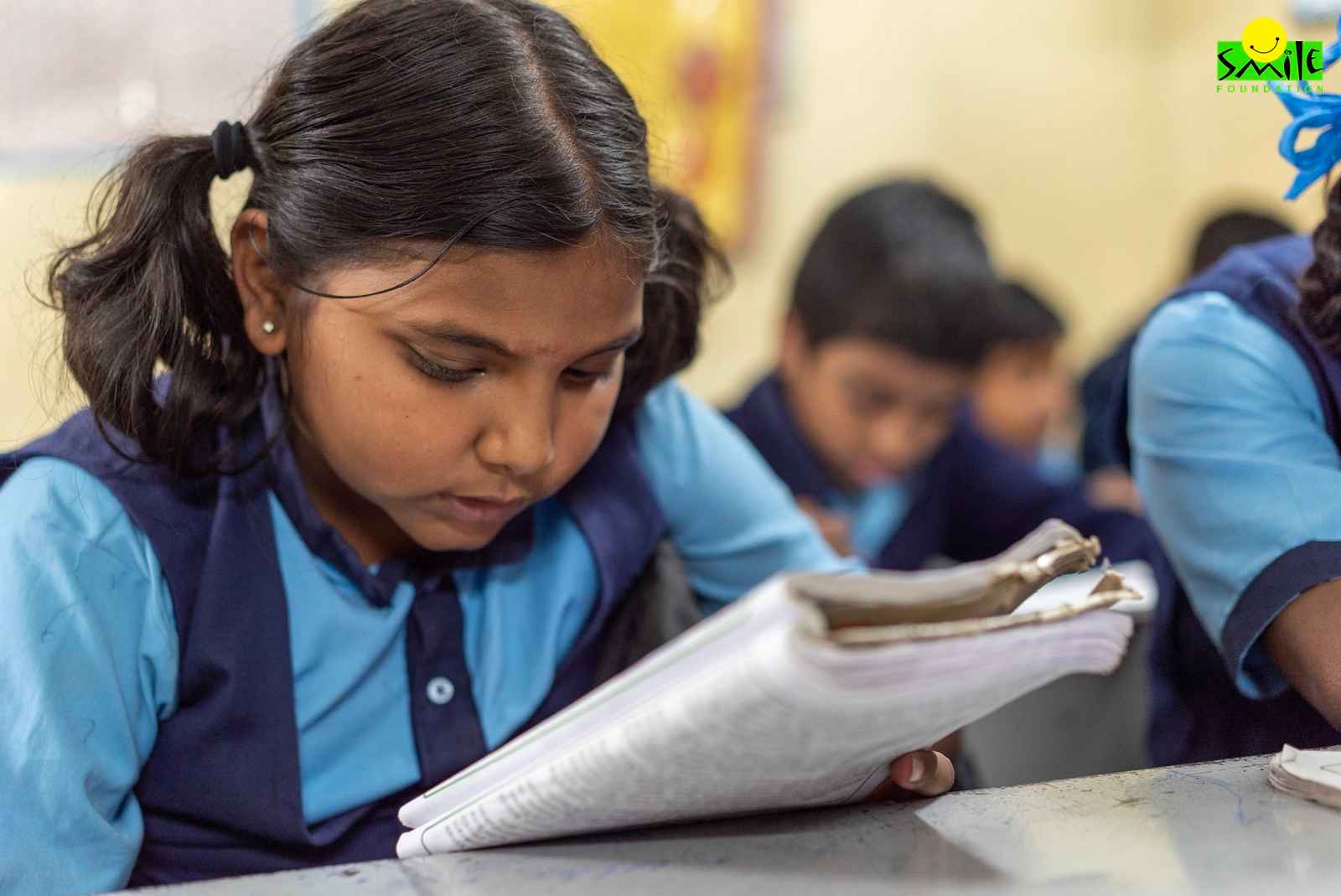




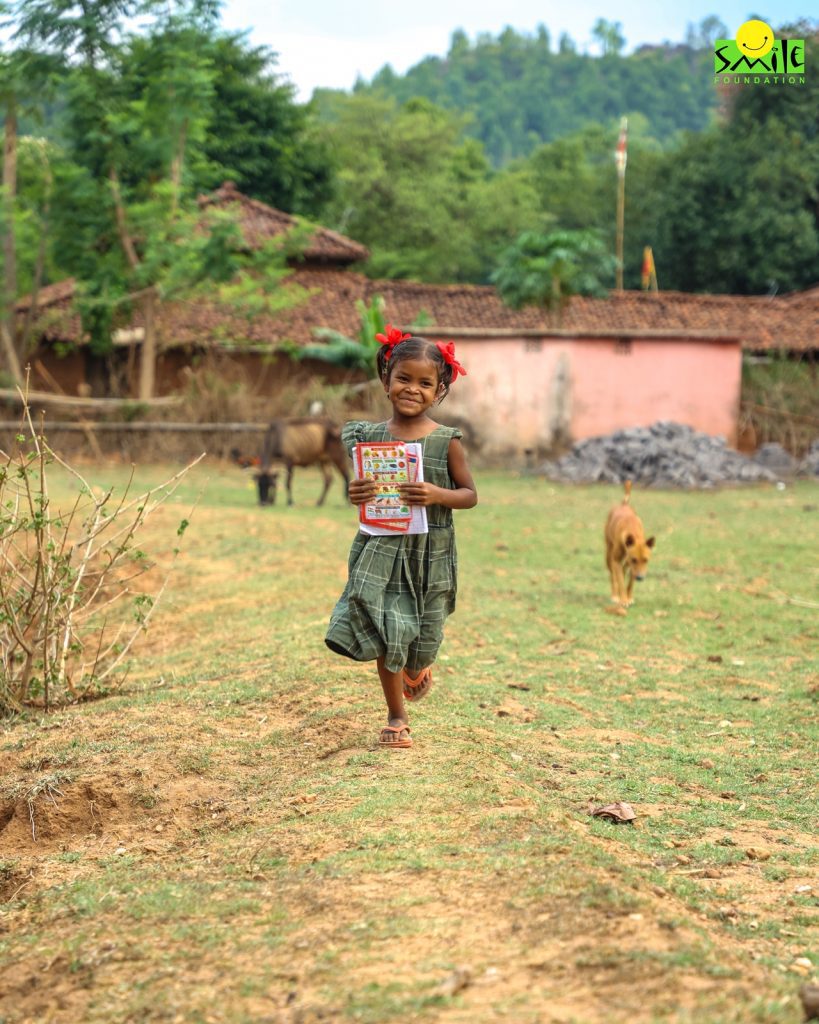

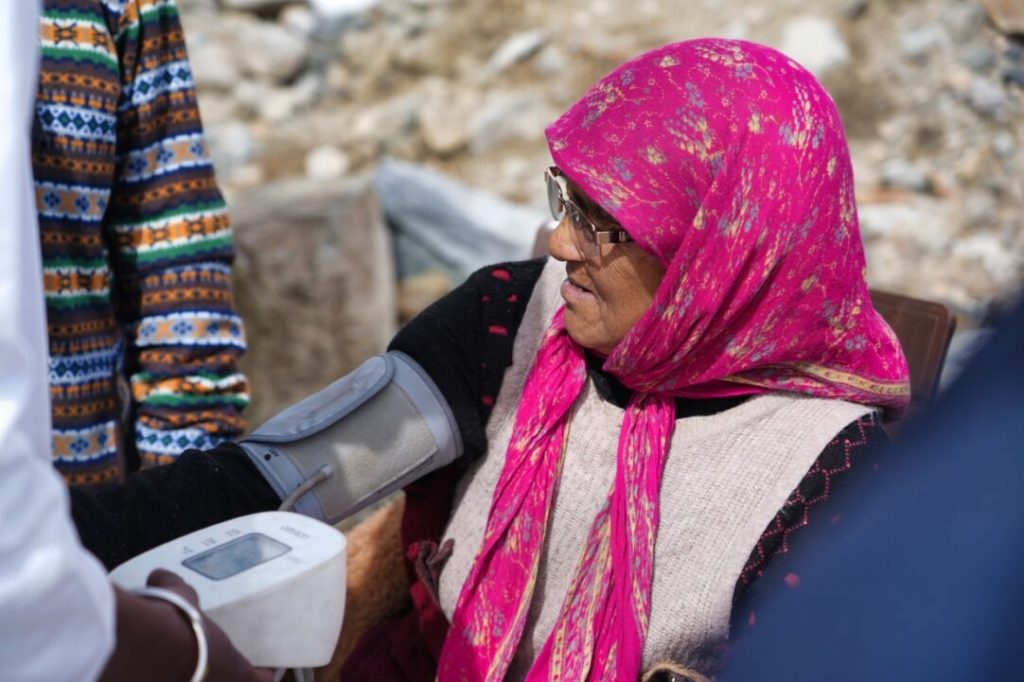
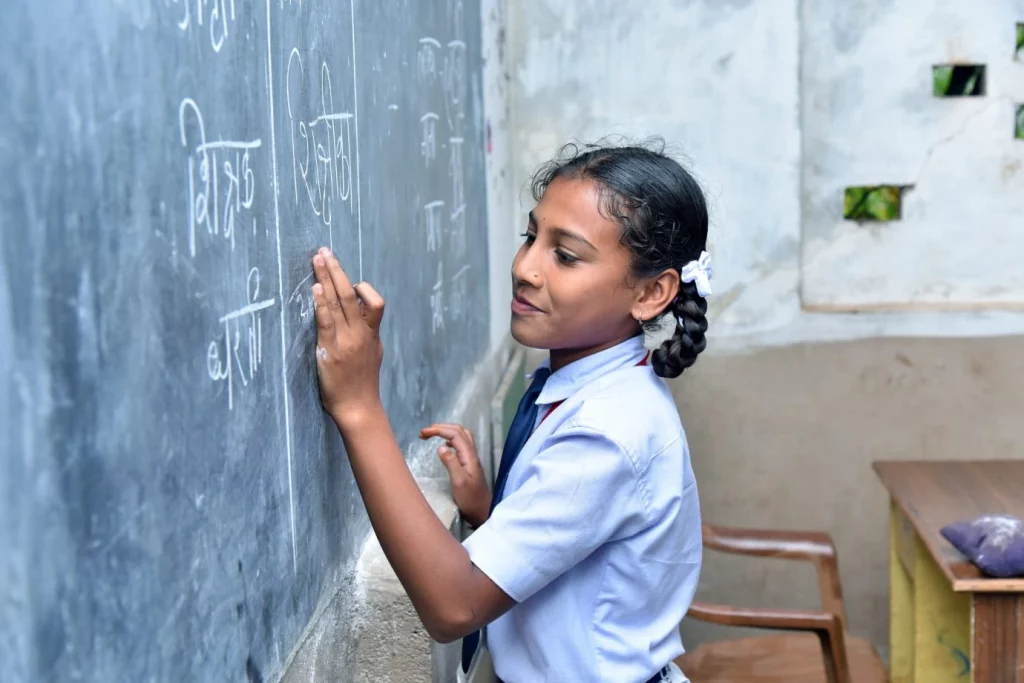
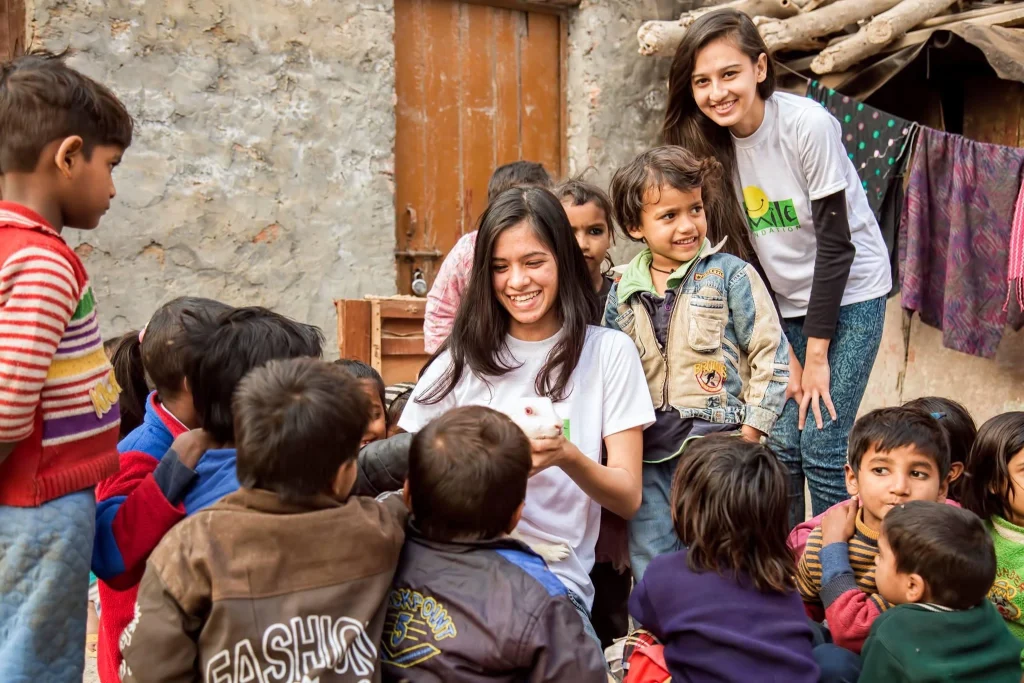
One reply on “Workings of an Education NGO”
I found very inspiring and learning materials concerning types of NGOs working for development of communities in various sectors. Thank you.